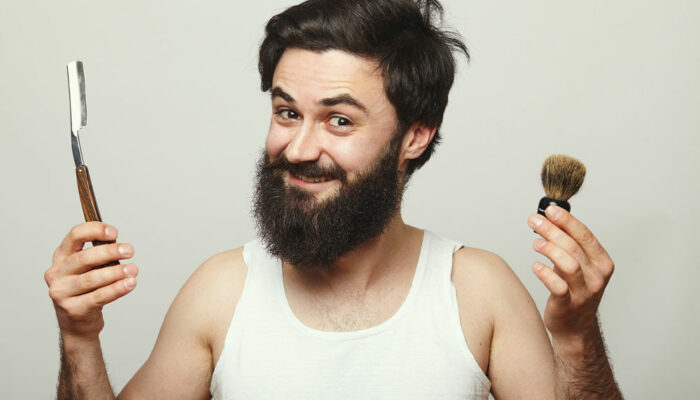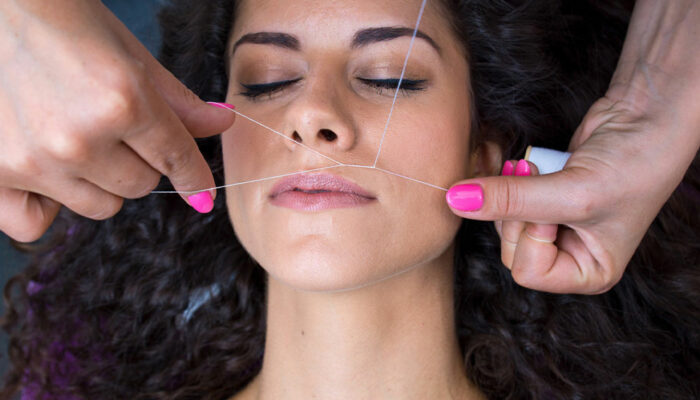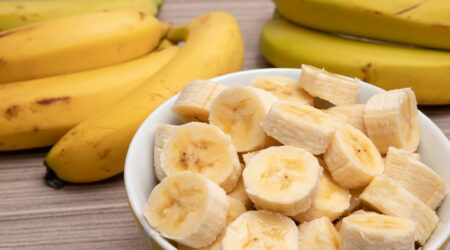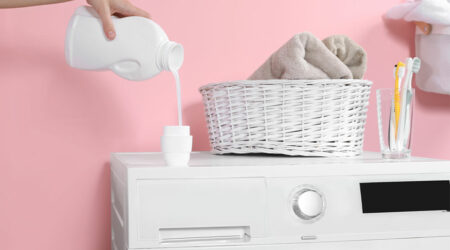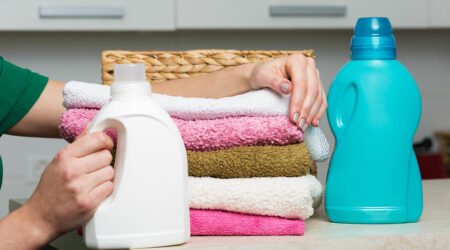
7 tips for mastering the art of safe and skilled driving
Driving is an art that demands awareness, responsibility, and finesse. Whether you’re a new driver or a pro for years, there’s always room for improvement. Becoming a better driver is not only about avoiding accidents but also about creating a safer and more enjoyable driving experience for co-passengers and others on the road. From mastering driving strategies to understanding vehicle maintenance, here are tips and tricks to help you become a skilled, responsible, and courteous driver. Correct driving position To begin with, adjust your driver seat’s position when you sit in a vehicle. There is no harm in rechecking things, even in your old vehicle, especially if you had recently let someone else drive it. With a proper seating position, you will also have better control of the brake, speed pedals, and steering wheel. Make sure you comfortably reach the top and sides of the steering wheel. If you stretch your arms completely, you are not in the proper driving position. Bending your elbows slightly provides a better range of motion and the ability to react quickly if need be. Make sure the driver’s seat is giving comfortable support. Keep your back, thighs, and lumbar region rested and free to switch between the pedals. Slide the seat a little to the front if required. Learn your mirrors Mitigating blind spots and adjusting the rearview and side mirrors are essential to being a good driver. Some cars come with blind spot monitoring technology. Use the feature and the mirrors to your benefit. Some might help you eliminate most blind spots by correcting mirror adjustments. Your rearview mirror should be able to take care of your rear window when seated in the driver’s seat. The side-view mirrors will give you a proper view of the vehicles on the road behind you. It will not let the side of your car block your view.
Read More 